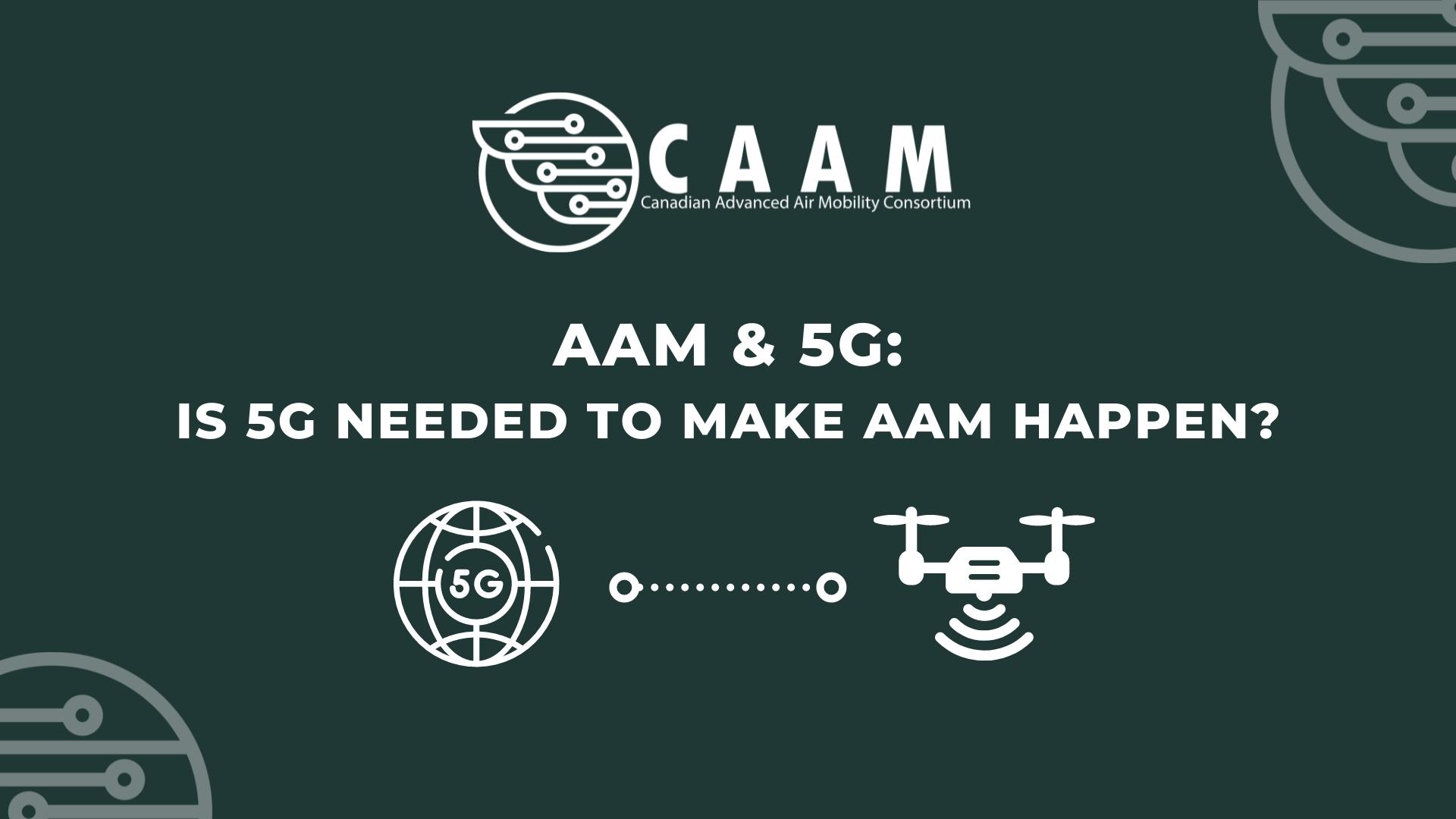 Usually, uncomplicated answers to complicated questions tend to be wrong or, at least, incomplete. But answering “is 5G needed to make Advanced Air Mobility (AAM) happen?” with a straightforward “no,” it’s neither wrong nor incomplete. But it’s possible to go deeper on why the answer is “no.”
Usually, uncomplicated answers to complicated questions tend to be wrong or, at least, incomplete. But answering “is 5G needed to make Advanced Air Mobility (AAM) happen?” with a straightforward “no,” it’s neither wrong nor incomplete. But it’s possible to go deeper on why the answer is “no.”
AAM and 5G: Why AAM doesn’t need 5G?
Aviation precedes 5G; that’s a fact. And even though AAM isn’t traditional aviation, there are many overlaps. AAM isn’t reinventing the wheel; it’s simply making it better, greener, more diverse, equitable, and inclusive. This means a lot of things happening in aviation today, such as communications, in-flight instruments, GPS, already exist. Yes, AAM will build upon this to make it more efficient and safe, but the blueprint already exists and doesn’t need 5G. Because 5G is a novelty, like AAM, and it’s not yet as reliable as other systems.
But does that mean that 5G will be useless to AAM? Again, the answer is no. “When it’s all said and done, the aerospace and defence industries will likely be the number one user of 5G technologies,” Max Fenkell, director of uncrewed and emerging technologies, Aerospace Industries Association (AIA), said in an interview with Brian Garrett-Glaser and Woodrow Bellamy III from Avionics International.
The same article highlights how vital 5G can be to AAM’s future, “NASA is also interested in the potential data sharing and other use cases 5G could enable in low altitude airspace. The agency’s Aeronautics Research Mission Directorate is sponsoring multiple activities to address communications, navigations systems (CNS) needs in what it describes as the Advanced Air Mobility (AAM) market.”
NASA is exploring CNS architectures and technologies for AAM that will satisfy safety-critical service requirements for high-volume, high-density operations in and around urban airspace. These new services will attempt to combine the assured reliability and consistent performance of existing CNS systems with the blistering pace of wireless innovation in non-aviation markets like LTE/5G and satellite communications. These industries continue to push the limits of spectral efficiency and network capacity, and NASA is looking for opportunities to adopt, where possible, or adapt these services for AAM operations.
Davis Hackenberg, NASA, Advanced Air Mobility project manager
It’s clear that AAM doesn’t need 5G to become a reality. Still, unmistakably once the technology becomes widely available and reliable, AAM can and should incorporate it to become a better, greener, more diverse, equitable, and inclusive mode of transportation.
By Giovani Izidorio Cesconetto



